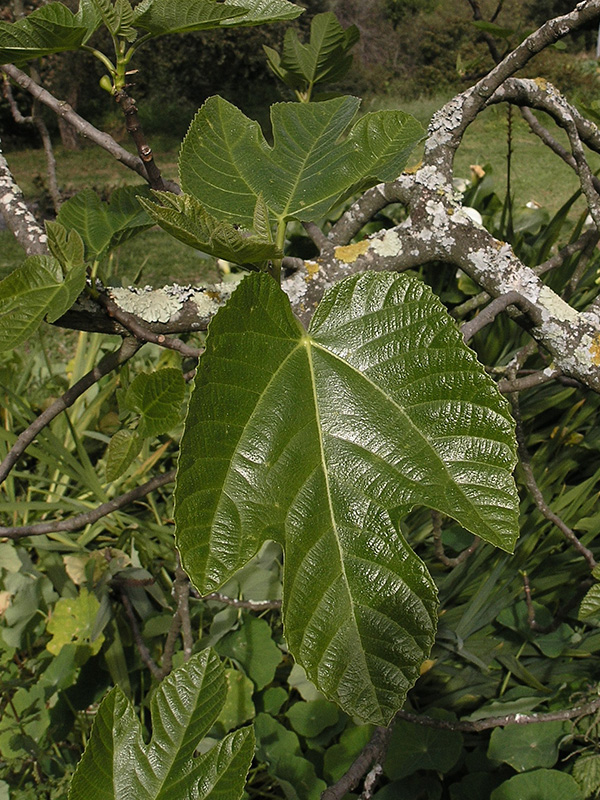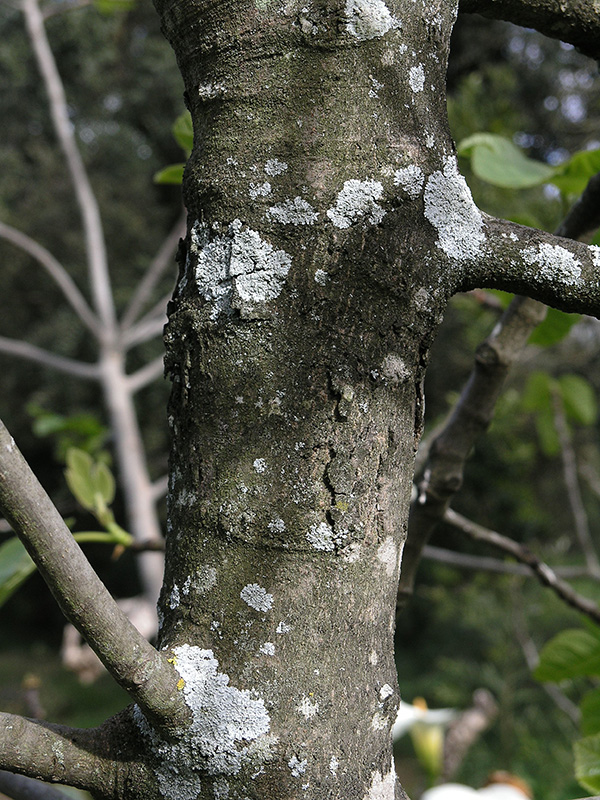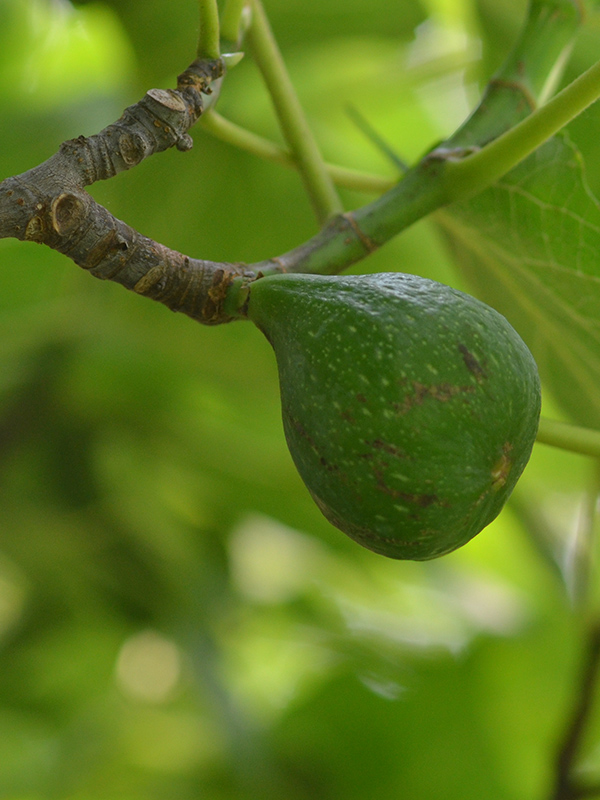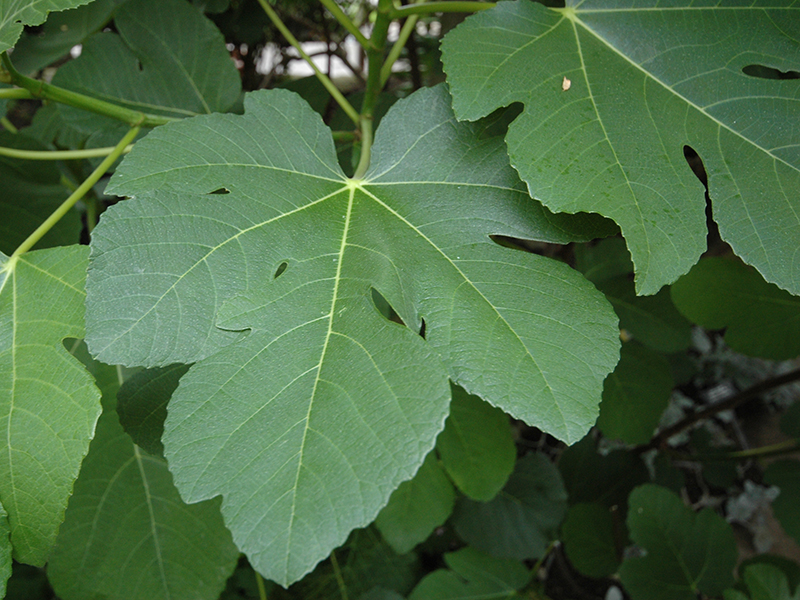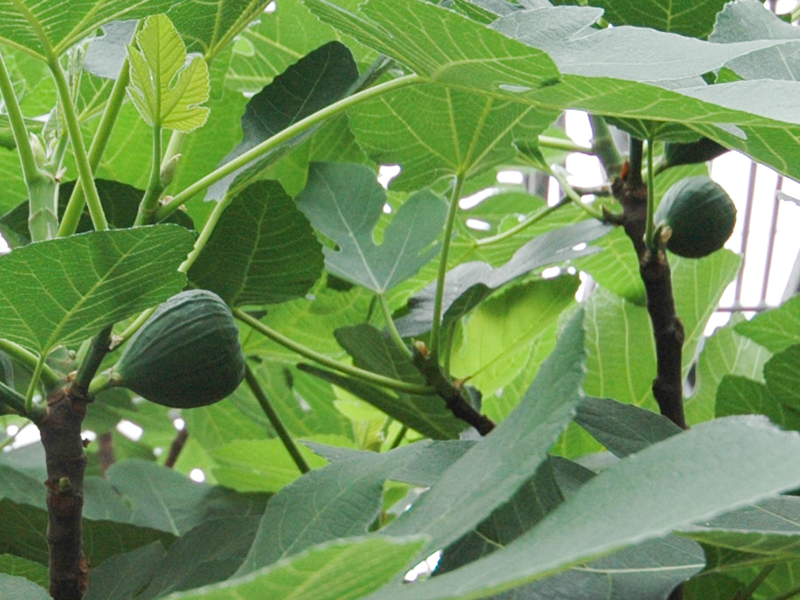
Tropicals, Woody > Ficus > Ficus carica > Ficus carica
Ficus carica
Common Fig
Origin: Southwest Asia and the Mediterranean region.
| Family |
| Moraceae |
| Genus |
| Ficus |
| Species |
| carica |
| Category |
| Tropicals, Woody |
| Type |
| Tree (deciduous), Shrub (deciduous) |
| Pronunciation |
| USDA Hardiness Zone |
| 8 - 10 |
| Canadian Hardiness Zone |
| 7 - 9 but possible zone 6 with protection |
| RHS Hardiness Zone |
| H3 - H5 but possible in H7 with protection. |
| Temperature (°C) |
| -23 - (-1) |
| Temperature (°F) |
| -10 - 30 |
| Height |
| 3 - 6 m |
| Spread |
| 3 - 6 m |
Photographs
Description and Growing Information
Flowering Period
| Landscape |
| Ornamental use, container and fruit. |
| Cultivation |
| Full sun and partial-shade. Organically rich, moist and well-drained soils. |
| Shape |
| Low-branching and spreading. |
| Growth |
| Medium |
| Pests |
| Watch for root knot nematodes, scales, aphids, mealybugs and spider mites. Leaf spots, rust and blight may occur. |
| Leaf Description |
| Large, palmate, hairy 3 - 5lobed leaves that are 25 cm long. |
| Flower Description |
| Non-showy flowers that for in spring inside hollow receptacles near the branch growing tips. |
| Fruit Description |
| The fruit is developed within each receptacle and are small and round. |
| Colour Description |
| The bark is greyish-silver. The leaves have a dark green colour above and a light green underside. The fruit is bright green. |
| Texture Description |
| The bark is smooth. |
| Notable Specimens |
| The A.M. Cuddy Gardens, Strathroy, Ontario, Canada. Royal Botanical Gardens, Burlington, Ontario, Canada. |
| Ethnobotanical Uses (Disclaimer) |
| Edible fruit. |

